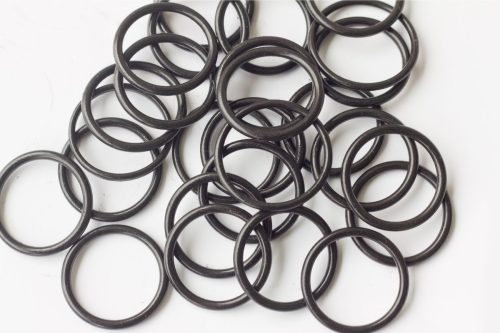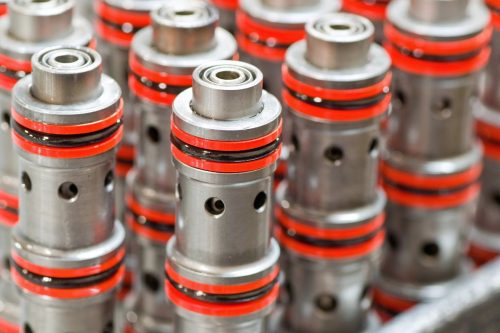
Lubricating O rings is one of the most effective ways to improve seal performance, extend service life, and prevent costly equipment failures. If you’re working with silicone O rings, rubber compounds, or synthetic seals, having the right lubrication ensures the O ring properly seats in its gland, reduces friction, and protects against scuffing damage.
The purpose of O rings in sealing systems
An O ring is a simple but highly effective sealing component. Shaped like a small rubber doughnut, it compresses between two mated parts to block the passage of liquids or gases. O rings are used in everything from pneumatic applications and vacuum applications to hydraulic systems, food processing equipment, and automated assembly lines.
Because they are so widely relied upon, even a minor failure can create major problems. A blown seal could lead to increased leak rates, contamination and health and safety concerns. That’s why lubrication is such a critical step in both installation and long-term performance of industrial equipment.
5 reasons why lubricating o rings makes a difference
Easier installation
Lubricating O rings makes assembly operations smoother by reducing friction between the O-rings and the gland’s surfaces. This helps seat the O ring properly without twisting, pinching, or tearing. It also lowers the chance of scuffing damage during installation.
Extended service life
A properly lubricated O ring experiences less wear and tear. By minimising friction and reducing heat build-up, lubrication helps protect the O ring and extend the equipment’s service life.
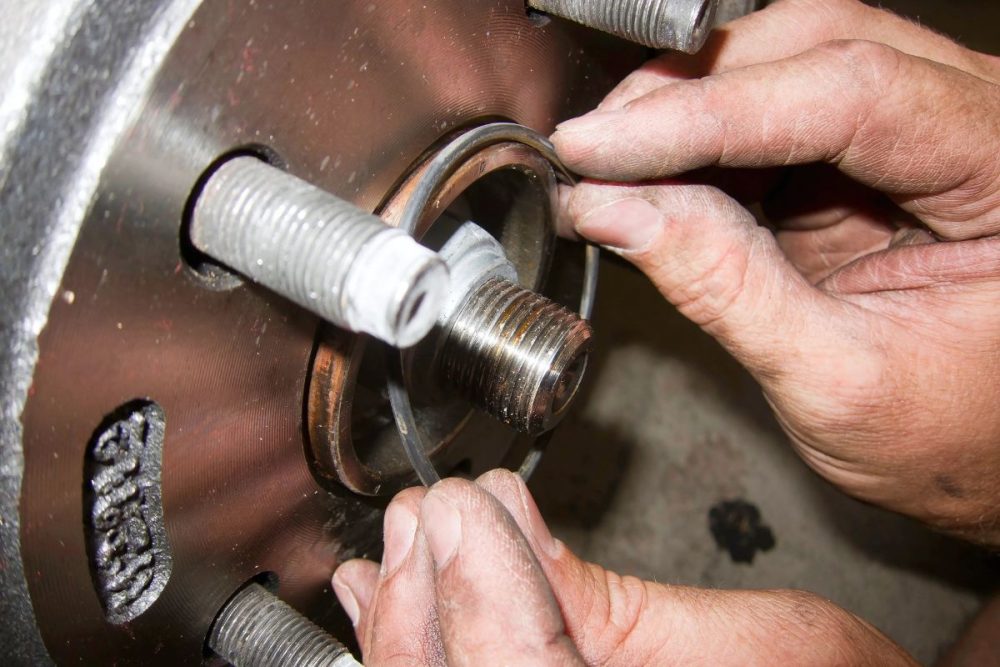
Lowering permeation and leak rates
O ring lubricants fill microscopic gaps between the seal and the mating surfaces. This lowers permeation rates and reduces the overall leak rate. In applications like vacuum sealing or pneumatic systems, even tiny leaks can compromise performance, making lubrication all the more necessary.
Improved safety and reliability
A dry O ring can stick, drag, or roll out of its groove, leading to a seal failure. Lubrication prevents these issues and helps maintain consistent sealing performance, reducing health risks and operational hazards.
Support for automated assembly
In high-volume production, lubricating O rings improves automated assembly by ensuring seals slide into place with less resistance. This reduces installation errors, improves efficiency, and protects against costly rework.
Common choices for O ring lubricants
Not all lubricants are meant for multiple purposes. The best lubricants for O rings are designed specifically for certain sealing applications. Here are some of the most common choices:
Silicone-based lubricants
Silicone grease offers excellent low volatility, high temperature stability, and protection against atmospheric degradation. It should be noted to NOT use silicone-based lubricants on silicone O rings. It may seem logical, but in reality worsens the O ring as it will swell and then soften.
Ester-based grease products
Often chosen for their high temperature stability and resistance to breakdown, ester-based lubricants are a reliable choice for dynamic service conditions.
Petroleum-based products
While common, petroleum-based oils and greases are not always suitable. They can cause swelling or degradation in certain rubber compounds, so compatibility must be checked before use.
Synthetic compounds
Modern synthetic greases are designed to perform under extreme conditions, including high temperatures, low temperature fluidity, and resistance to chemical exposure.
Statewide Bearings is a supplier of some of the most commonly used lubricants across all types of industries. Our global suppliers of lubricants include:
Applications where lubrication is essential
Pneumatic applications
Dry seals in pneumatic systems can increase friction and cause irregular movement. Lubrication improves seal life and ensures smooth operation.
Vacuum applications
Vacuum systems are highly sensitive to leak rates and permeation. Lubrication lowers permeation rates, helping maintain vacuum integrity.
High temperature service
In environments with elevated heat, lubricants with high temperature stability prevent drying, cracking, and premature seal failure.
Food and beverage equipment
O rings used around incidental food contact must use lubricants that meet strict health and safety standards.
Specially formulated greases prevent contamination while ensuring safe operation.
Dynamic service conditions
Seals in pumps, valves, and rotating machinery face constant movement. Lubrication reduces wear from motion and lowers the chance of a blown seal.
Factors to consider when choosing a lubricant
When deciding how to lubricate O rings, it’s important to consider:
Compatibility with O-ring material
Some greases react with rubber compounds. Always confirm the lubricant is designed specifically for the O ring type.
Operating conditions
High temperatures, chemical exposure, or extreme pressure may require specialised lubricants.
Volatility
Low-volatility lubricants are essential in vacuum and high-temperature applications to prevent breakdown.
Health and safety concerns
For equipment used in food or pharmaceutical applications, only approved lubricants should be used to avoid health and safety concerns.
Ease of application
Some lubricants are designed to be packaged for simple application, reducing mess and making repairs faster.
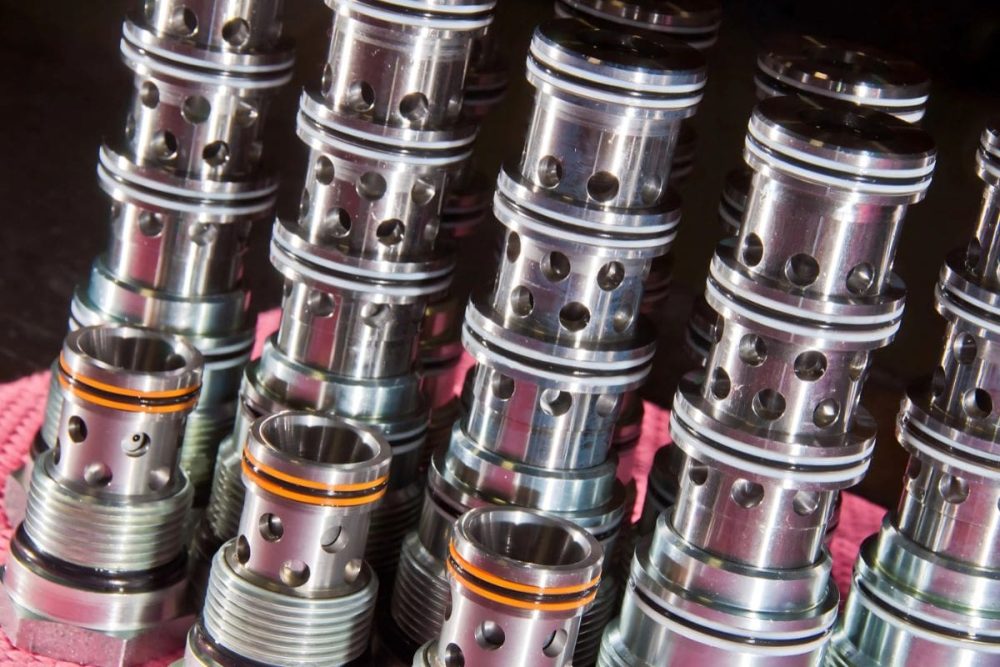
Common ways to avoid issues
Over-lubrication
Too much grease can cause O rings to hydroplane or slip out of place.
Using the wrong lubricant
Petroleum-based products, for example, may damage certain elastomers.
Skipping lubrication altogether
Dry installation is one of the fastest ways to shorten an O ring’s lifespan.
Ignoring packaging instructions
Some O ring packaging includes specific recommendations for lubrication. Make sure to always follow them.
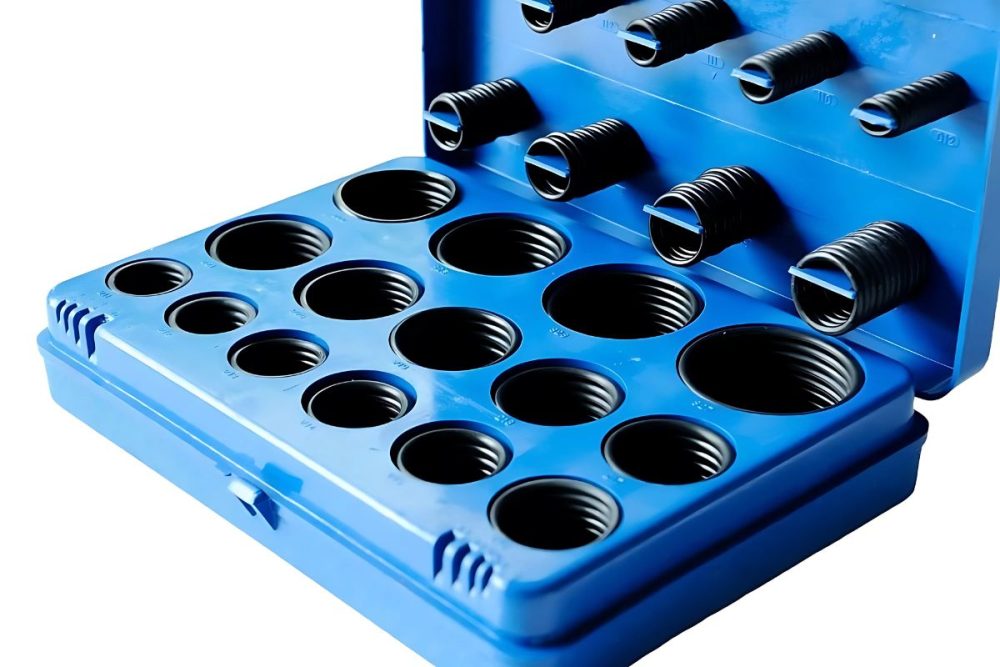
Trust Statewide Bearings to protect your O rings
Lubricating O rings ensures the long-term performance of your equipment. Proper lubrication ensures O rings seat correctly, lowers leak rates, prevents scuffing damage, and protects against premature failure. By using lubricants designed specifically for O rings and considering your application’s requirements, you can reduce downtime, avoid health and safety risks, and extend the service life of your equipment.
Protect your equipment with expert advice and the right products. Contact Statewide Bearings today for quality O rings, lubricants, and technical support that keeps your machinery running longer.
Frequently asked questions
Food-grade lubricants are specifically formulated to meet strict safety standards for incidental food contact, often certified by international organisations like NSF International or regional bodies like HACCP Australia. These lubricants avoid toxic additives to prevent food contamination.
In contrast, industrial lubricants are not certified for food contact and often contain compounds designed for superior performance under extreme conditions like high heat, pressure, or chemical exposure. They are not safe for use in food or pharmaceutical applications.
There is no fixed schedule because it depends on operating pressure, temperature, and load. In heavy-duty environments, O rings should be inspected during regular servicing and re-lubricated when they appear dry or worn.
Yes. Larger O rings usually need more lubricant, but the amount should always be a thin, even film. Over-lubrication creates the risk of seals slipping out of place, so applying sparingly is best regardless of o-ring size.

